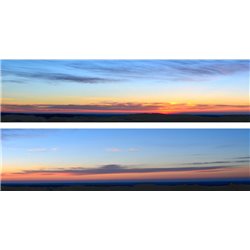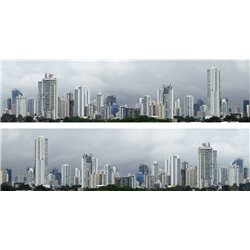You'll likely have come across the term "NEM pockets" when delving into the world of model railway couplers. But what...
No products
Product successfully added to your shopping cart
There are 0 items in your cart. There is 1 item in your cart.
Search Tips
How do I integrate the backscene into my layout?
Creating a seamless and immersive scene that blends the backscene with the foreground scenery is a crucial aspect of achieving a realistic layout. A well-executed backscene not only provides a striking backdrop but also enhances the overall depth and atmosphere of the modelled landscape.
One effective technique is to ensure that the colour palette and lighting conditions of the backscene match those of the foreground scenery. For instance, if your layout depicts a sunny countryside scene, the backscene should feature warm, vibrant hues and strong shadows consistent with direct sunlight. Similarly, for a night-time urban setting, the backscene should incorporate appropriate lighting effects, such as streetlights and illuminated buildings, to harmonise with the foreground lighting.
Another vital consideration is the scale and perspective of the backscene relative to the foreground elements. The backscene should be designed to maintain a realistic sense of depth and distance, with objects appearing smaller and more indistinct as they recede into the background. This can be achieved through careful use of perspective techniques and painting or printing the backscene at the appropriate scale for your model railway's gauge.
Incorporating foreground scenery elements that transition seamlessly into the backscene can further enhance the overall cohesion of the scene. For example, modelling trees or buildings that appear to extend from the foreground into the backscene can create a natural flow between the two elements. Similarly, using the same or complementary materials and textures for the foreground scenery and the backscene can help unify the overall appearance.
Finally, consider incorporating subtle lighting effects or animations into the backscene to add an extra layer of realism and interest. This could include fibre-optic lighting to simulate twinkling city lights or a moving projection to simulate moving clouds or water.
Click here to receive the tips weekly in your mailbox. You can unsubscribe at any time.










